Greater investment in public charging infrastructure for electric heavy goods vehicles (eHGVs) is needed if operators are to make the switch away from diesel, says Daimler Truck UK.
The Government has launched a new depot charging scheme, which will offer fleets up to 75% off the cost of charging infrastructure.
The £30 million fund, which was announced on July 13, is expected to support the installation of more than 3,000 van and 200 HGV charge points.
However, Daimler Truck UK’s head of future sustainability, James Venables, is calling for more investment in the UK’s public charging infrastructure.
“This is a great start, but there is more to do,” he said. “It’s clear that to boost the take-up of battery-electric vehicles further we need more places where they can be charged. But that’s a simplistic statement and the truth is a little more nuanced.
“If we’re to invest in infrastructure, then the money needs to be well spent and I believe that means creating more dedicated HGV public charging points on our road network; however, for those points to be truly effective they must offer high enough power ratings and be sited in the right places.”
The previous Government introduced a phase out date for diesel trucks, aiming to eliminate those weighing 26 tonnes or less by 2035 and all heavier trucks by 2040.
In March, the Department for Transport (DfT) stopped short of confirming that the deadlines would be changed for HGVs, but told Fleet News it is considering what regulations are appropriate and would “engage the sector on any future regulatory approach in due course”.
“Key to making battery-powered trucks a practical option for UK transport is the potential to build charging top-up time into daily work patterns, with vehicles being plugged in while they’re already stationary, rather than making extra stops to charge,” explained Venables.
“In an ideal world, operators would be able to combine charging at their own depots, at delivery sites and at strategic points on the road network.”
A new £1.4 million charging station for electric HGVs recently went live at the Nissan Sunderland Plant.
The facility has seven charging stations, capable of powering up to 10 electric HGVs simultaneously, and establishes an electric, end-to-end supply chain that transports materials into the Nissan plant and delivers finished vehicles out.
It will support a fleet of 25 trucks with a charging capacity of up to 360kW.
Venables (pictured below) continued: “High powered and megawatt charging systems are incredibly effective for electric HGVs and allow battery top-ups to be perfectly integrated with mandatory driver breaks, which really does make perfect sense.
“Our eActros 600 truck, for example, has the capacity to travel at least 500 km (310 miles) on a single charge at a 40t Gross Combination Weight (GCW).
“Even with the standard CCS charging at up to 400kW, charging the batteries from 20-80% can be completed in under 60 mins and when the option of megawatt charging is more widely available, this will drop down to around 30 minutes.
“If that is timed to coincide with the driver’s statutory break, a truck could cover at least 1,000 km (620 miles) in a day with no enforced charging stops.”

Venables says that many of Daimler Truck’s customers plan to have depot charging facilities installed. “But better public infrastructure – the right charging points, in the right places – will help us continue to build confidence and is a key enabler for the switch to sustainable transportation,” he added.
“In addition to the technical and power needs, public charging should be cost competitive. It also needs to work intelligently – for example, allowing drivers to pre-book and view availability of the network in advance of their journey.
“All the factors need to be considered when designing a charging network that will allow operators to run electric trucks at maximum efficiency – and to encourage people to make the switch.”
The private sector is currently taking the lead on HGV public charging infrastructure, but this will not be enough, so Daimler Truck UK believes Government has a vital role to play.
“At Daimler Truck we’re very proud of our Milence joint venture with Volvo Group and the Traton Group that will take charge of building public charging across Europe, with Immingham, the first UK location already open,” said Venables.
“The more we can do to support early adopters of electric trucks, the more vehicles will be seen out and about on our roads, covering the distances, and hauling the loads that are typical in UK logistics – and that will give other operators the confidence that electric trucks can work successfully in the real world.”
By 2039, Daimler Truck is planning for its entire model range to consist of zero emissions vehicles, which it says will be achieved through a dual technology strategy that considers electric and hydrogen fuel cell.

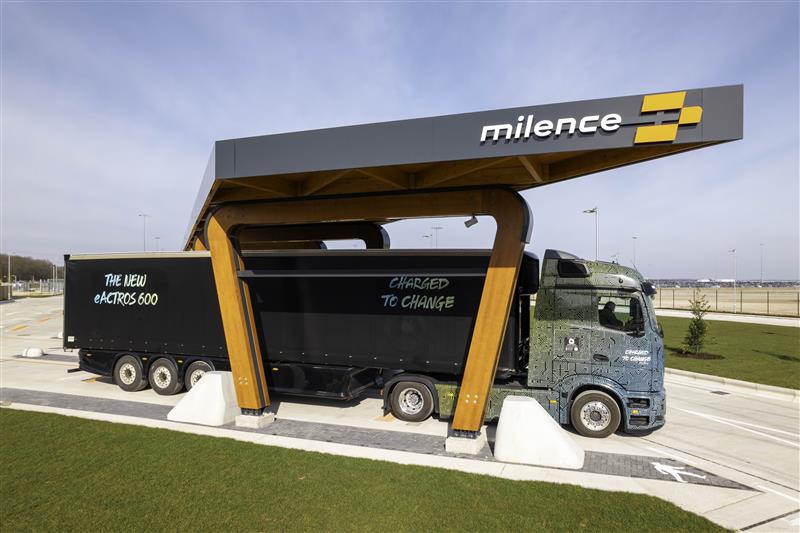




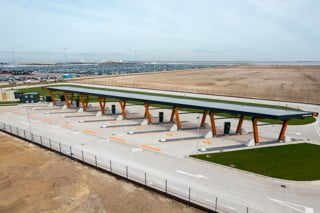
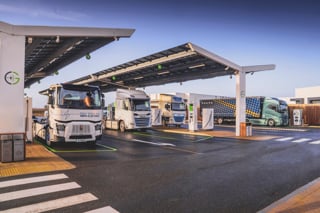


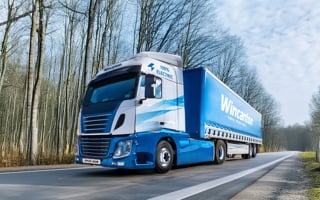
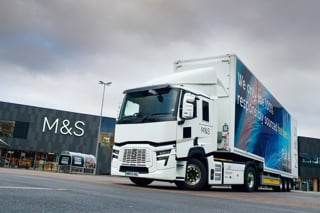
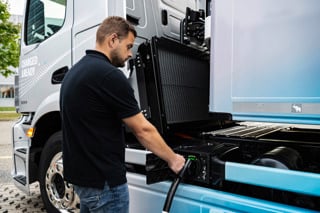
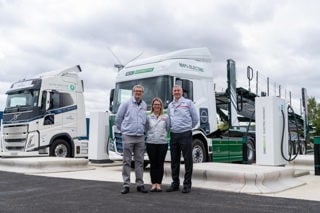
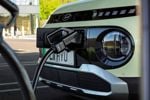






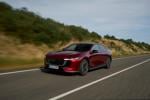



Login to comment
Comments
No comments have been made yet.